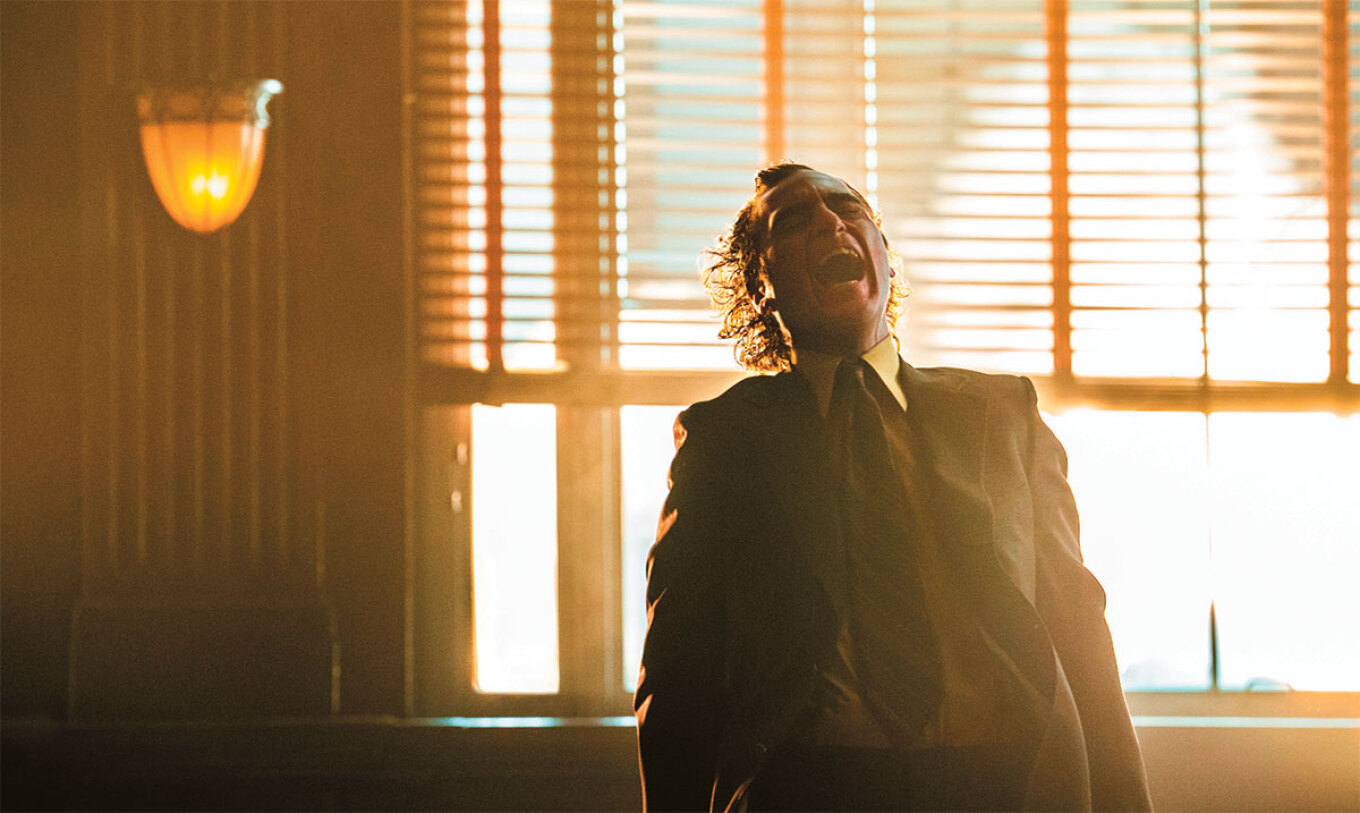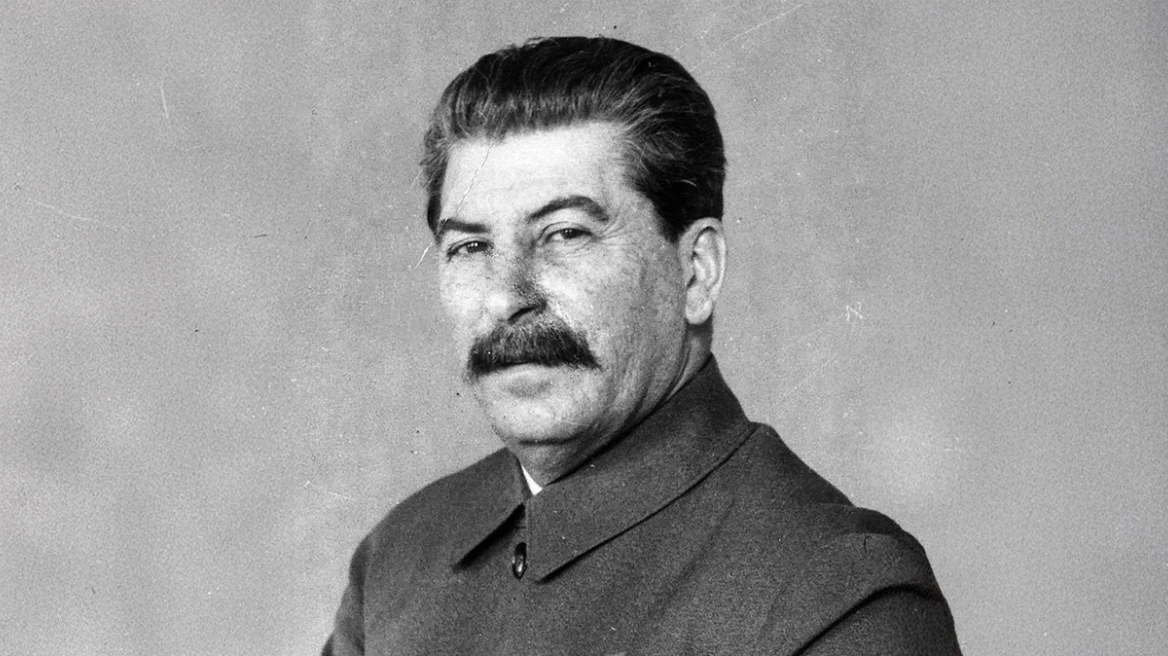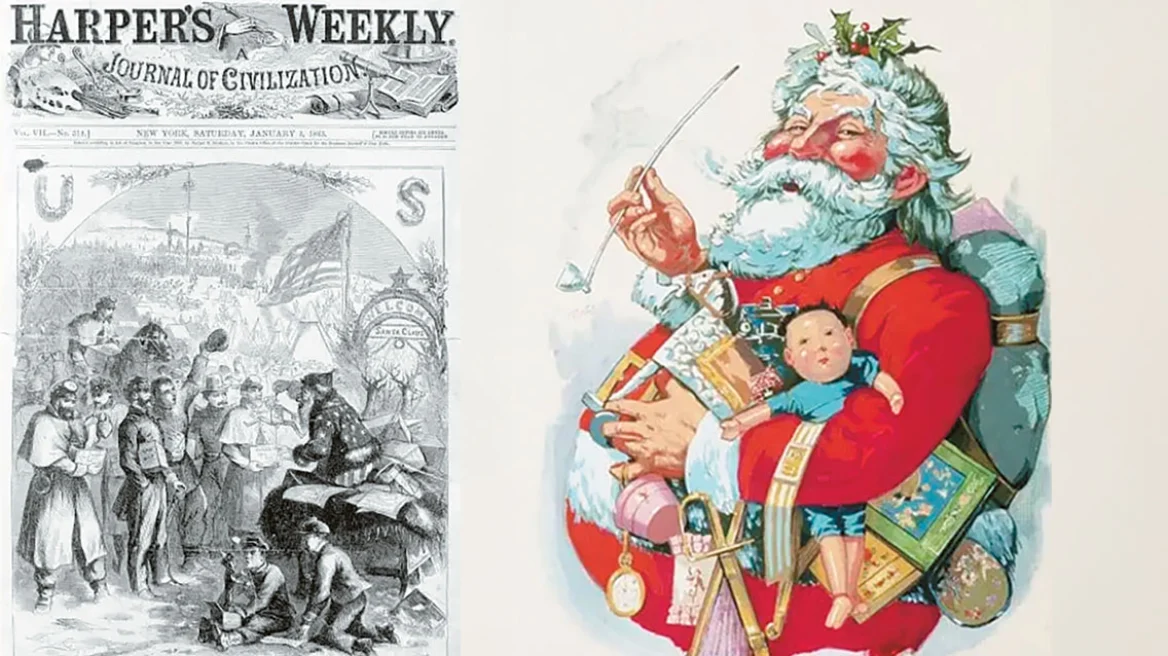The most talked-about movie of the last few decades, and the only one to surpass the historic $1 billion mark in earnings, couldn’t be left without a sequel. Despite Todd Phillips’ initial statements that there would be no sequel, the enormous success of 2019’s Joker led the director back to the set, collaborating once again with Joaquin Phoenix, who suggested expanding the concept by bringing Lady Gaga into the mix.
The funds spent on this new project are truly staggering: over $200 million was the cost to Warner Bros. for the sequel to Joker, not including the enormous amount that will be spent on the film’s promotion. The lead actors were well-paid, with Phoenix reportedly earning $20 million to reprise his role from the first version, while Lady Gaga settled for $12 million to portray Harley Quinn. As for whether the film will live up to the producers’ expectations, it appears that theaters are certainly expecting a successful year, eagerly awaiting Joker‘s release for a profitable run.
Behind the Sequel
Even the way the team promoted Joker: Folie à Deux, releasing material in dribs and drabs over the past year, shows a coordinated effort to keep expectations high. The younger audiences who rushed to buy tickets for the previous Joker, even illegally due to age restrictions, may have grown up, but they remain the core consumers and frequent viewers of blockbuster films. This is evidenced by the already massive interest shown in pre-bookings for the new Joker. As for those who watched the movie out of curiosity, stirred by the controversy surrounding Arthur-Joker’s wild antics, they are expected to return for the sequel.
Ironically, it took a screenwriter known for comedies (Borat, The Hangover), Todd Phillips, to convince Warner executives to make a movie that, due to its “dark” theme, they believed would have no appeal to younger audiences. However, the opposite happened: young viewers identified with the revolutionary tendencies of the oppressed protagonist, who transcended the limits of the comic and spoke about human madness and troubled family relationships, making the movie a record-breaking success.
None of the cast or producers expected such a massive response. The only reason they agreed to make the movie was that director and screenwriter Phillips drastically reduced the budget to $55 million and secured Joaquin Phoenix as the lead actor.
They couldn’t have imagined that this unconventional tale of a humanized comic book protagonist, portrayed as a young man dependent on his mother and suffering from severe psychological issues, would become a pop culture symbol. Yet the first Joker became the biggest box office phenomenon since Titanic, surpassing $1 billion in ticket sales, with 1 million tickets sold in Greece alone. When adding in the film’s artistic success, which earned it the Golden Lion at the Venice Film Festival, eleven Oscar nominations, and two wins (one for Phoenix’s incredible performance and one for Hildur Guðnadóttir’s score), the word “triumph” seems almost inadequate.
Phoenix’s Dream
After all this, it took only a dream that Phoenix had to convince Phillips to make the sequel. As the Oscar-winning actor and now happy family man (he’s married to actress Rooney Mara) admitted, he decided the sequel needed to be made after dreaming of Joker singing and telling jokes on stage. This led to the idea of basing the sequel on an unconventional concept that would give the film a musical character. In this way, they avoided their original idea of pitting Joker against Batman, as the comic book dictates.
Focusing on the human version of the character required studying psychiatric data to bring the protagonist closer to a female counterpart, sharing a common madness. This idea gave birth to the title Folie à Deux, referring to a specific syndrome shared by a psychiatric patient and another person. For Arthur-Joker, his complement in madness would be Harley Quinn, a devoted admirer who would awaken all the instincts that seemed to have been suppressed in prison.

What We See in the Movie
The film, now playing in theaters, picks up two years after Joker’s on-air murder of talk show host Murray Franklin (Robert De Niro), showing Joker’s continued violent actions. The intense conflict with the media, which perpetuates clichés about crime, and the normalization of evil, along with the public’s need to either condemn or identify with Joker, are central themes in Folie à Deux.
The mass audience that identified with Joker’s revolutionary stance against social injustice may be disappointed by the more contemplative sequel. Arthur no longer seeks to satisfy the public that waits outside the courthouse, cheering him on and identifying him as Joker.
The same holds true for his co-star, Harley Quinn, portrayed by Lady Gaga, who sees Arthur not as the vulnerable man he is but as the rebellious Joker. It is this version of him she falls for and tries to pull into a delusional journey, built on extreme images and music. Her female version of Joker serves as his muse, helping him construct a dreamlike world out of the ruins. It’s as if the music ignites the real flame burning inside him, in contrast to the literal fires his pyromaniac friend enjoys setting.
Yet all these bright musical numbers, from “Get Happy” to “That’s Life” and “What the World Needs Now is Love,” sound bitterly ironic in the context of Gotham City and the dark prison where Arthur finds himself.

Oscar Bets
Beyond box office success and the endless discussions the movie provokes, producers are once again betting on Oscar nominations. Phoenix, gaunt and intense, delivers an acting masterclass, even in the way he embraces the Hollywood aura of the songs in his deranged mind. The Oscar for Best Music, with Hildur Guðnadóttir’s creative touch, seems almost certain, and the cinematography perfectly captures the atmospheric Gotham City-New York, evoking the 1980s.
The Big Investment
- $1 billion: earnings from the 2019 Joker
- $200 million: cost of Joker: Folie à Deux
- $20 million: Joaquin Phoenix’s reported salary
- $12 million: Lady Gaga’s salary to play Harley Quinn
Ask me anything
Explore related questions





